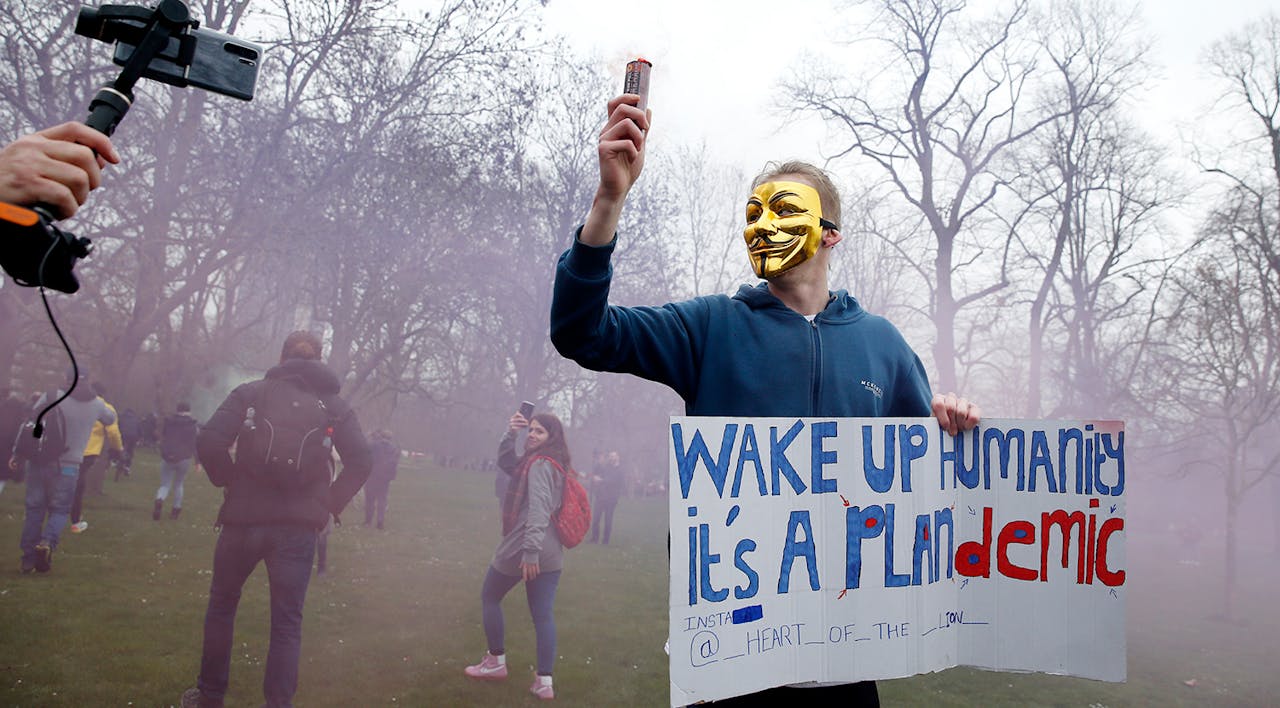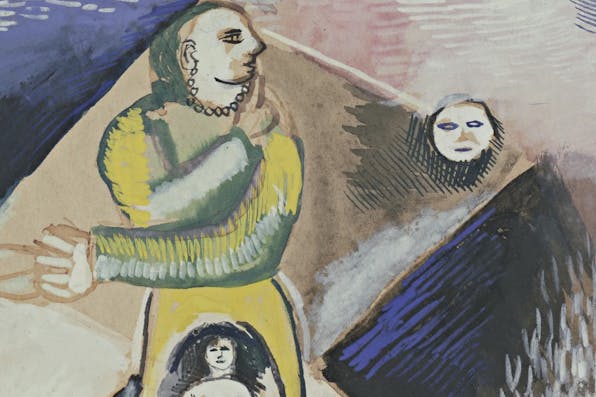
May 2021
The Present, Past, and Pre-History of Conversion
Longing to leave liberalism behind, everyone from Catholics to Communists is experimenting with self-transformation. What's fueling that desire, and is it strong enough to make the break?
It is an image both grand and subtly comical: the man lies stunned on the ground onto which he has just been flung, head and torso thrust toward the viewer, arms thrown out in an ambiguous gesture as if he were trying either to embrace something or to ward it off. His face and body are starkly illuminated, his eyes shut vainly against the light. Above him stand a horse and an older man, who tends to the animal, seemingly oblivious to his fallen companion. The horse, its leg half-raised, glances toward the ground with an expression that might be annoyance.
Caravaggio’s Conversion on the Way to Damascus captures, more eloquently than any other artwork that I know, the paradox at the heart of religious conversion. The painting exists as two simultaneous images alternately revealed or concealed with each shift of the viewer’s perception.
In the first of these images we see conversion as many have believed or hoped it to be. The force that topples the man from his horse, the fierce illumination flooding his face—these suggest a radical transformation beyond human choice or understanding, an encounter with an inexplicable and irresistible Other. In this encounter, the old self dies and a new one is born: the man falls from his horse as Saul of Tarsus, Pharisee and persecutor, and rises from the ground as the apostle Paul.
